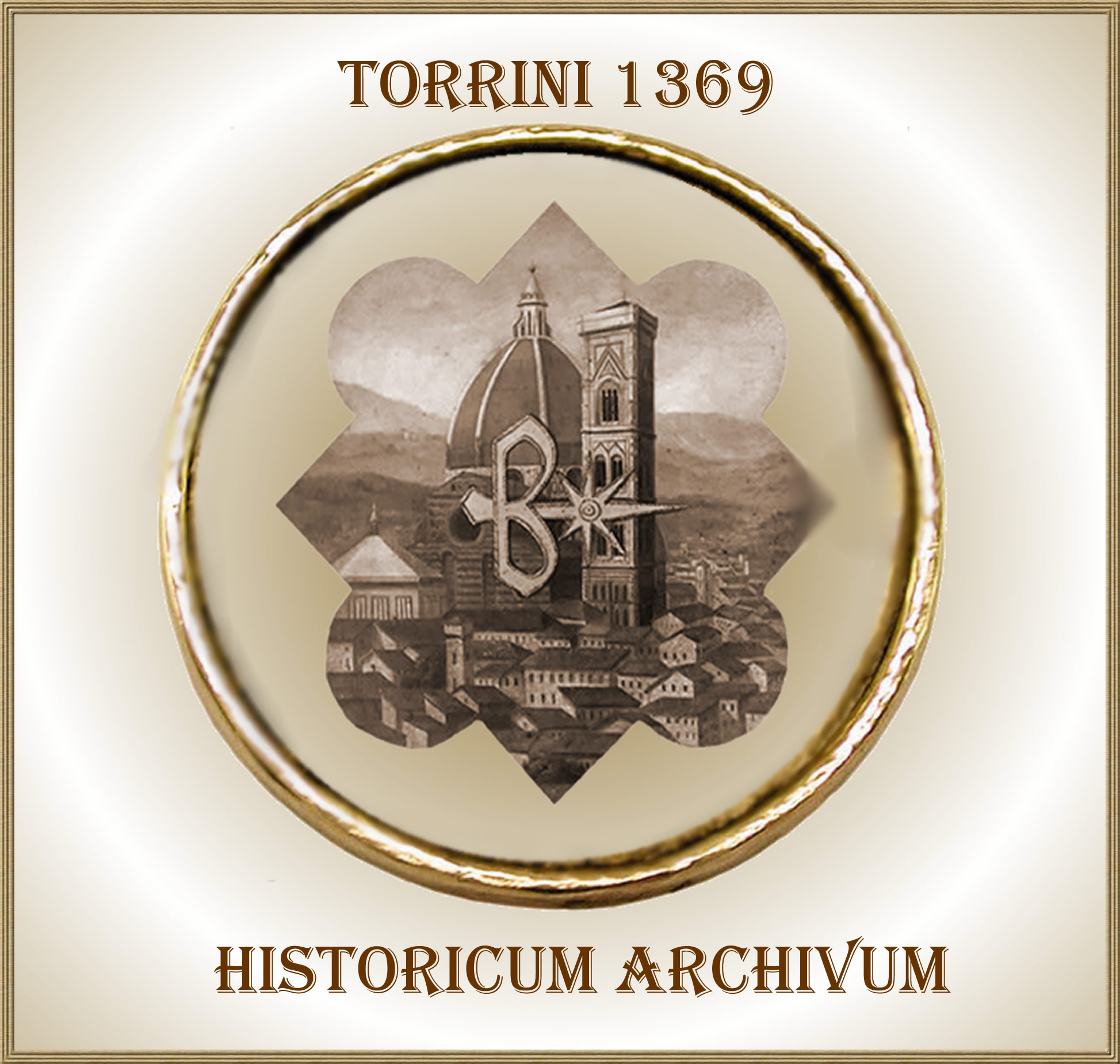- Home
- FLORENTINE STORIES
- "Il Fiorentino" The Diamond disappeared
"The Florentine". The diamond disappeared
(the Medici diamond hunting is still open)
 "" Among the diamonds famous both for their exceptional beauty and for their adventurous vicissitudes, one in particular is linked to Italy: the "Fiorentino". In its history, it is linked to some questions that dot the life of this "great et giant requirement" of 137.27 carats, which would have taken this name in honor of the Medici Family.
"" Among the diamonds famous both for their exceptional beauty and for their adventurous vicissitudes, one in particular is linked to Italy: the "Fiorentino". In its history, it is linked to some questions that dot the life of this "great et giant requirement" of 137.27 carats, which would have taken this name in honor of the Medici Family.
The Medici, more than any other princely family, added to the passion for art that for precious stones, especially for diamonds. It is not for nothing that the latter were hired by several Lords of the Grand Duchy of Tuscany as a symbol of emblem. Thus, that of Cosimo the Elder and his brother Lorenzo consisted of three diamonds mounted on three intertwined gold rings, while that of Lorenzo the Magnificent was a diamond that bore three "feathers" (red, blue, and white) and the motto "Semper".
We find these emblems, as ornamental motifs, in numerous Florentine monuments of the Medici times: in the Rucellai chapel of Alberti, in the Laurenziana floor, in the friezes of Palazzo Bartolini-Salimbeni, where three poppies are joined to the diamond ring, in the base of the Monument of Giovanni dalle Bande Nere, in Piazza San Lorenzo, and many others.
From the inventory of the Joys of the State of Tuscany that Anna Maria de 'Medici had to fill out on March 10, 1740, it appeared then, as the Medici in about three centuries, had collected the record figure of 3,900 diamonds between large and small, to be kept in the chests or to adorn precious jewels, buckles, buttons, swords. Particular interest in their rarity had engraved diamonds. You can admire beautiful specimens in the Gem Collection at the Museo degli Argenti in Florence.
But by far the most famous diamond in the Inventory is, without doubt, the "Fiorentino", whose pale lemon light, almost a beam of sunlight at dawn, had already shone on the scions of the 'de Medici family for many years .
It was Ferdinando I ° in 1601, who purchased the diamond from the Portuguese Don Ludovico Castro, count of Montesanto, and from his wife, Donna Mexia de Noronha.
But another link unites the "Fiorentino" to the Medici: it was Cosimo II who had it cut into a double rose. Its shape is quite particular in that nine faces were cut along the crown. Thus, it seemed that nine different rays of light were emanating from inside the diamond, in addition to the wonderful glitter of 126 other facets.
We also know the name of the cutter, a certain Pompeo Stupendoli, who worked in the workshop that the Medici had set up in Florence for the cutting of hard stones and gems.
The "Fiorentino" came to Maria Teresa of Austria on the occasion of her wedding with Francesco di Lorena with whom she had fallen in love since childhood: he fifteen years, she seven. Already at that tender age the two intertwined a delicate love novel that would have withstood the distance and a thousand tests, bringing them to the wedding on February 12, 1736. A marriage cheered over the years by sixteen children.
In November 1918, after the defeat of the Habsburgs, the jewels of the crown of Austria went into exile in Switzerland, behind Emperor Charles.
The "Fiorentino" also left and since then the traces have been lost: perhaps sold, perhaps lost or, as someone says, stolen from a Habsburg underwear and brought, together with other gems of the crown jewels, to South America.



